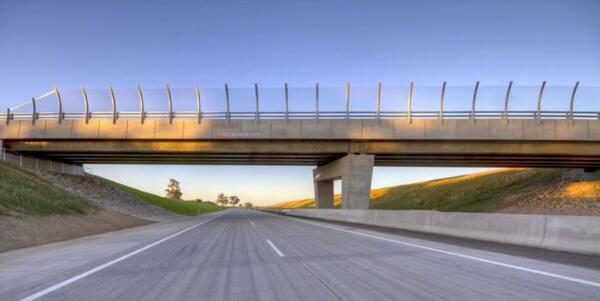
Tarcutta Bypass
Tarcutta Bypass
The 7km bypass, built to the west of Tarcutta, joins the existing Hume Highway divided carriageways to the north and south of the village, and opened in 2011.
About the project
The $290 million Tarcutta bypass opened to traffic on Tuesday 15 November 2011 and was funded by the Australian Government.
The 7km bypass was built to the west of Tarcutta, joining the existing Hume Highway divided carriageways to the north and south of the village.
The Tarcutta Hume Alliance was formed to design and construct the Tarcutta bypass. The alliance team comprised Roads and Maritime Services (replacing Roads and Traffic Authority), Leighton Contractors, AECOM. SMEC Australia and Coffey Geotechnics.
The Tarcutta bypass joins the Hume Highway carriageway north of Tarcutta and heads south, generally retaining the existing Hume Highway.
The bypass then deviates to the west, skirting the boundary of the Tarcutta cemetery before crossing Tarcutta Creek. The alignment then turns to the east at the southern end of the village of Tarcutta and crosses over the existing highway to the north of Mates Gully Road intersection.
The bypass then continues on the eastern side of the existing highway just north of Humula Road.
Continuing south the bypass crosses over Keajura Creek and then joins the existing dual carriageway south of Humula Road.
Fast facts
- Approximately 900,000 cubic metres of earthworks have been excavated and used to build up the road surface.
- 10 bridges constructed over a length of 7km.
- An on-site batch plant generated over 65,000 cubic metres of concrete throughout the project.
- At construction peak the main paving machine generated over almost 500 lineal metres of roadway - over 1100 cubic metres of concrete - in a single day.
- Over 57,000 native trees were planted as part of the final project works.
- A total of 198 nesting boxes were installed in some of the larger trees to help with the breeding of native birds.
- 19 glider poles and three rope bridges were installed to assist with the safe movement of native fauna, such as squirrel gliders, between adjacent clusters of native vegetation.
- The project included an upgraded travelling stock reserve to assist with the movement of livestock under the new bridges south of Tarcutta.
Features
- 4 lane divided carriageway with a wide median and a 110km/h speed limit.
- A northern interchange near Mate Street with northbound on-load and southbound off-load ramps.
- A southern interchange near Humula Road with northbound off-load and southbound on-load ramps.
- Twin bridges over Tarcutta and Keajura creeks.
- A local service road to access properties to the west of the highway between the northern interchange and Tarcutta.
- Landscape and urban design treatments to minimise visual impact.
- Environmental controls to minimise impacts on nearby waterways and natural areas.
Benefits
- Removal of many heavy vehicles from residential and shopping areas of Tarcutta.
- Improved pedestrian safety along the current Hume Highway route through Tarcutta.
- Reduced traffic noise for residents and businesses, particularly at night.
- Travel time and fuel savings for vehicles moving between Sydney and Melbourne.
Photo gallery
Image
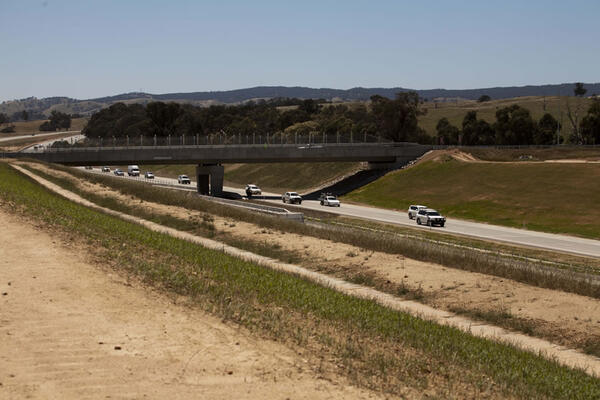
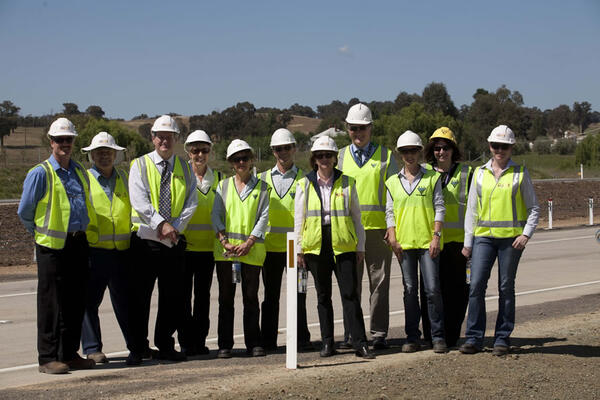
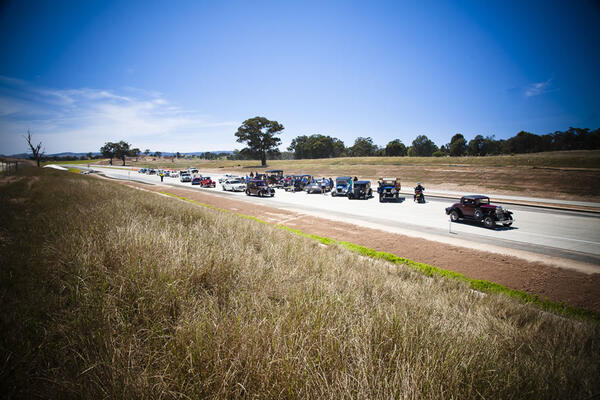
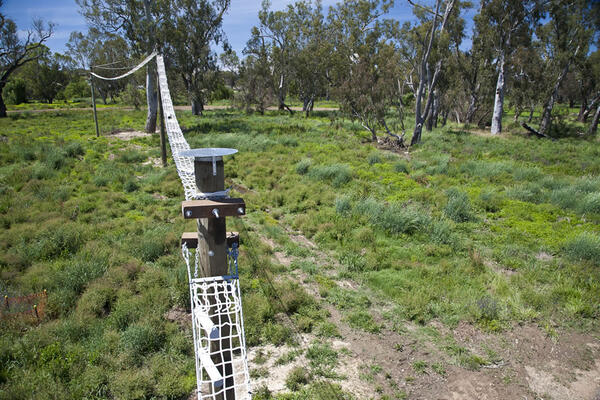
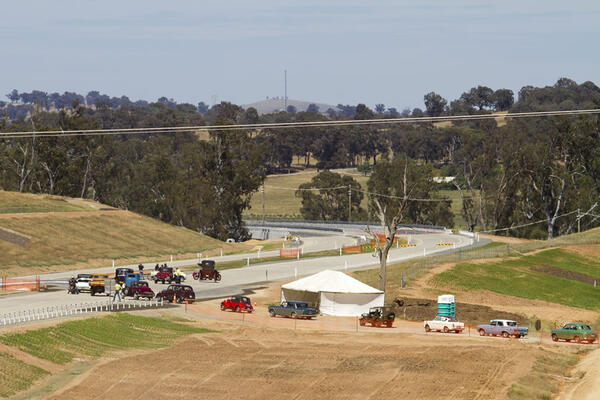
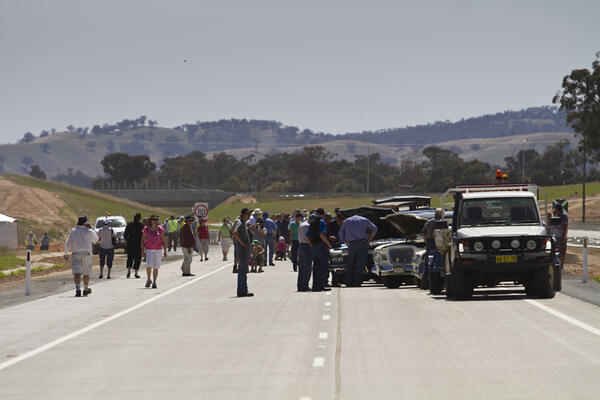
Image controls:
